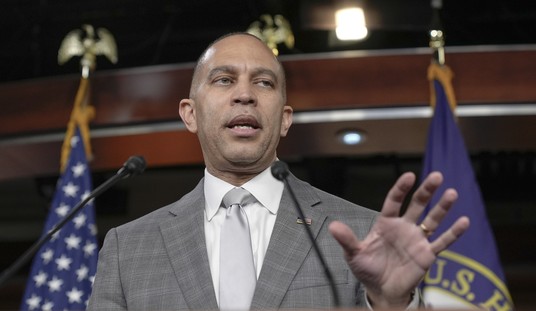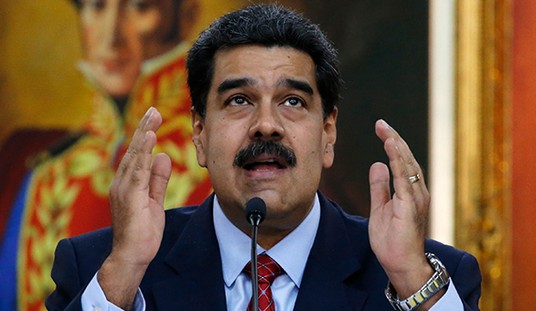But you probably guessed that already; they’re only “British” because they hold a passport, not because they’re “Britons.” The New York Times takes a sympathetic look at the “plight” of the poor jihadis in the upcoming Sunday edition:
At the International Center for the Study of Radicalization (I.C.S.R.), an innovative institute at King’s College London, a handful of researchers have been charting, following and, in some cases, interacting directly with foreign fighters in Syria and Iraq — through text-messaging and smartphone apps — in hopes of understanding their motivations and their worldview. The center now monitors some 700 of the 20,000 foreign fighters from 90 countries around the world. (Foreigners make up half of ISIS’s total fighting force.) An estimated 4,000 are from Western nations, some 600 to 700 from Britain alone. More British Muslim men have joined ISIS and the Nusra Front than are serving in the British armed forces.
Many of the fighters from Britain — as well as those from Finland, Germany, France, Belgium and the Netherlands — came from comfortable middle-class homes. Many were university students or graduates; a surprising number were women, too. But they didn’t appear to fit a typical profile, which confounded counterterrorism experts and Western governments. Some, like Ifthekar, seemed driven by romantic notions of jihad. Others, like Mohammed Emwazi, who later became known as Jihadi John, the ruthless executioner of Western journalists and aid workers in the ISIS videos, fully embraced the violence of the Islamic State. Emwazi was also a Briton, and also the son of a comfortable middle-class family, with a degree in computer programming. And then there were still other cases in which entire families made their way to Syria or Iraq: pregnant women; young children; even the family pets…
Some of the jihadists were hardened radicals who would become suicide bombers in Syria or Iraq. Others, he discovered, were much more fanciful. There was, for example, the foreign fighter from Mexico who constantly complained that it was impossible to find good Mexican food in Syria. There was the blind man from the Netherlands, who told a recruiter that because he was blind he couldn’t fight; the recruiter told him to come anyhow: “We’re a state,” he said, “and we need people to build that state.” And then there was the young man from Britain, who was already packed but had one last question before he left: Was hair gel available in Syria?
I looked around at the various flags that festoon the I.C.S.R.’s walls. They told the story of the three generations of Western fighters who had embraced jihad — going back to the 1980s and the war in Afghanistan. There were banners of the Kosovo Liberation Army, the Free Syrian Army and ISIS, interspersed with posters of angry young men, some holding Kalashnikovs, others staring sternly ahead. The black, white and green flag of the U.S.-trained Free Syrian Army, Maher told me, took forever to find; he finally came upon one in a Turkish border town on the Syrian frontier. The black-and-white banner of ISIS, conversely, was available everywhere.
Everything within the ummah, nothing outside the ummah. They know what they’re fighting for. Do we?









Join the conversation as a VIP Member